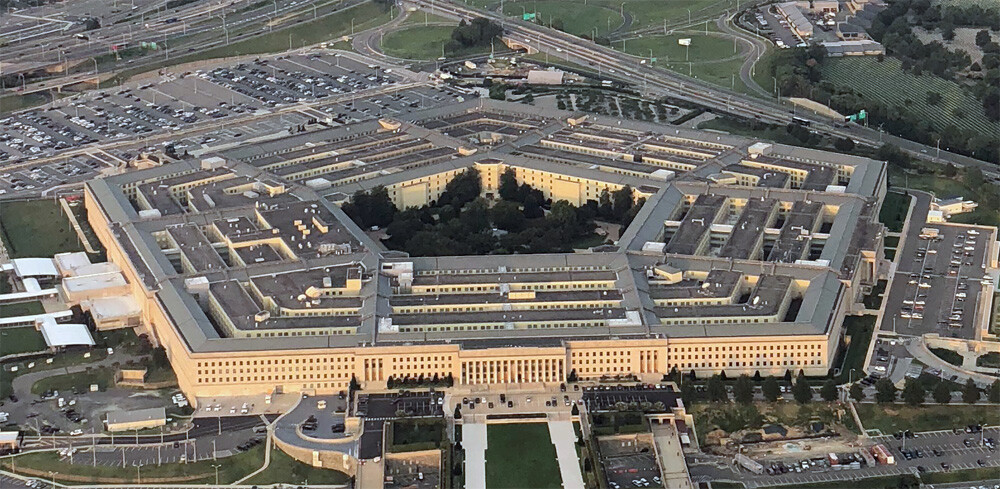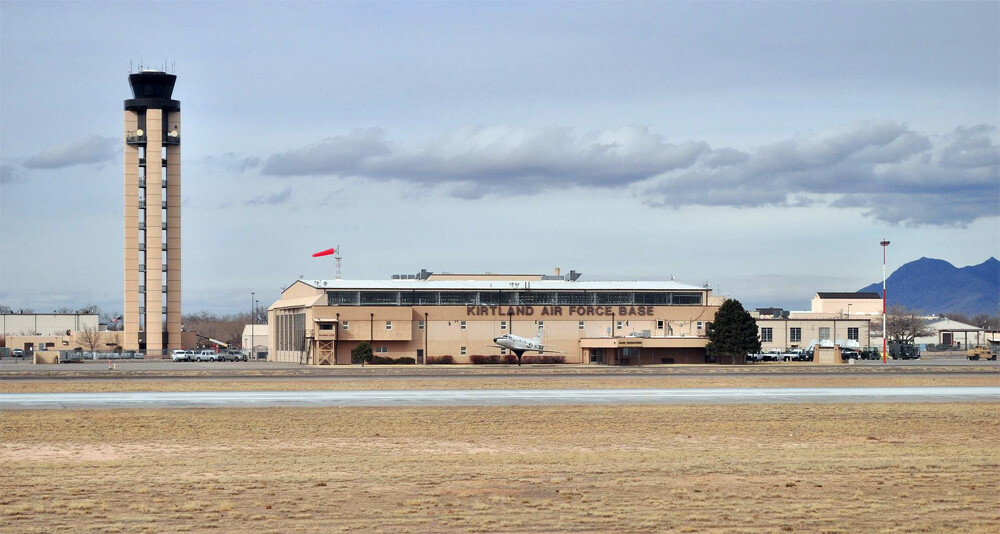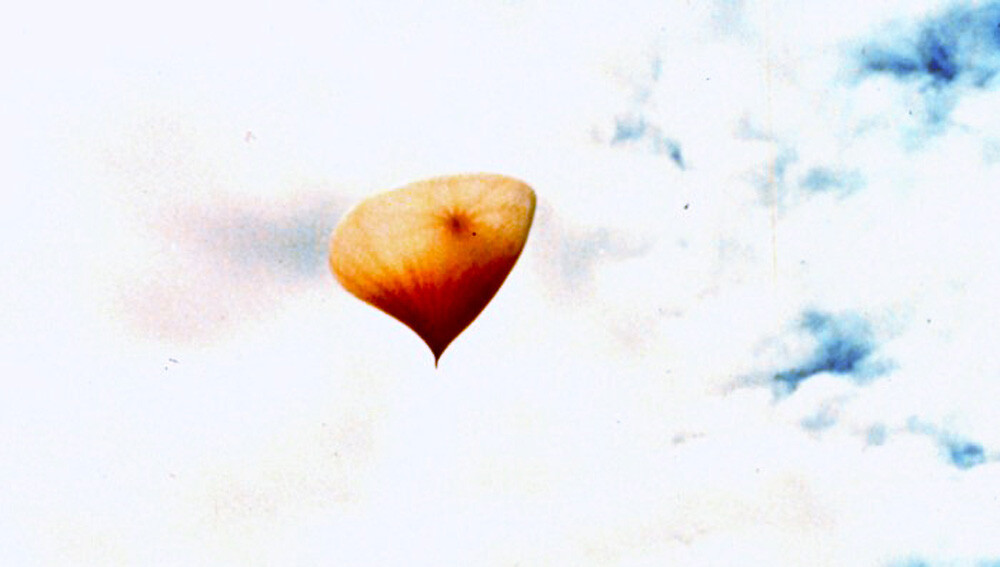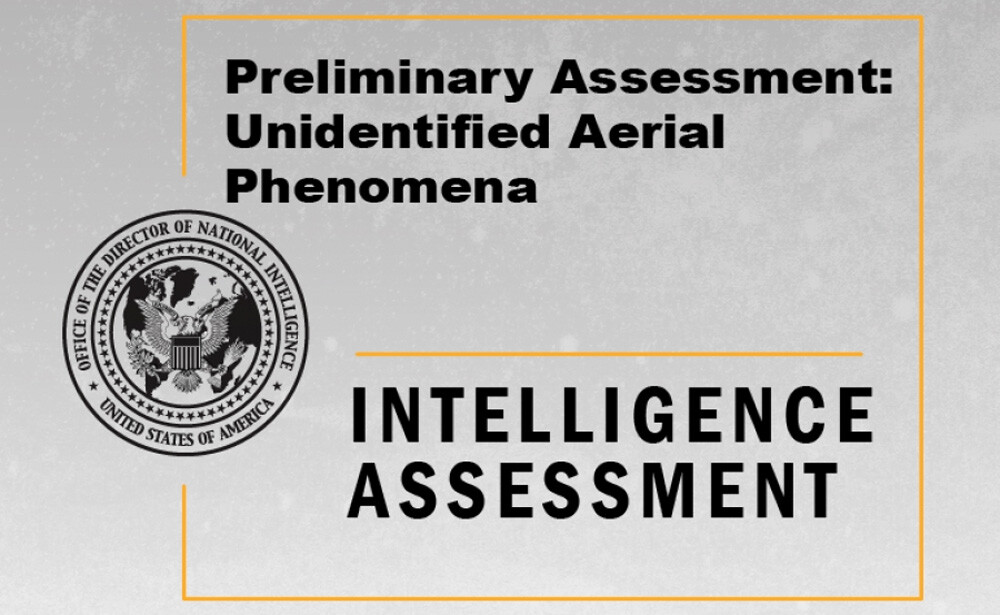Why The U.S. Government Wants You To Believe In UFOs

On June 25, 2021, the United States government released an anticipated document called Preliminary Assessment: Unidentified Aerial Phenomena. Besides demonstrating that the official name for UFOs is now “UAP,” which is much less catchy, it gained significant attention because it could have been the first time that the government acknowledged that aliens might exist. Reading the document, though, probably disappointed a lot of UFO enthusiasts because it didn’t say, “Yep, aliens exist. Tom DeLonge was right.”
Now, a seasoned UFO investigator will tell you that there’s more that they aren’t talking about. And there’s a deeper layer here -- while the government often tries to turn people away from conspiracies, there have been times where the government has either allowed UFO conspiracies to fester or has actively promoted them. You see …
The Report Doesn’tIf anyone was hoping that the UFO report would either confirm or deny alien sightings, they'd be very disappointed. Extraterrestrials are sadly omitted from the document. Instead, the report states that there have been 144 reports about UAP that were studied. Out of these, most have not been fully explained.

Findings were split into five categories: Airborne Clutter, Natural Atmospheric Phenomena, USG or Industry Development Programs, Foreign Adversary Systems, and “other.” The first few categories essentially mean that sensors detected something, but it was probably just weird weather or objects in unexpected places. Foreign Adversary Systems refer to potential unknown technology coming from China or Russia. (This isn’t alien technology, but it’s scary to the U.S. government.)
The category that matters for those looking for out-of-this-world activity is that last one, “other.” This catch-all term does not specifically refer to aliens, but if there were any section that alluded to them, this is it. Some of the sightings in reports involved objects flying in ways that seemed to break our understanding of flight. These objects might move at impossibly fast speeds or function without a standard propulsion system.

The 2017 Navy sightings are great examples. These videos, which have been confirmed to be real, capture moments where Navy fighter pilots spot flying objects that fit the “other” description. Their movements are not like any plane or helicopter. Is this something that the pilots just misinterpreted? Is it futuristic tech from China? Or is it something more otherwordly? The government doesn’t know.
Lying About Lying About Aliens
Despite the limited information in the report, there is at least a layer of transparency at play here. Acknowledging that incidents could stem from secret government technology or adversarial developments is better than saying that everyone’s crazy or that it’s all just weather balloons. But whenever the U.S. government says anything about UFOs, the public generally responds with skepticism. Some look at it this way because they believe the government is hiding aliens. In reality, though, there is something more complicated and honestly more sinister. The government has had several instances of lying about lying about aliens.

Historically, especially during the Cold War, alien theories have been a convenient scapegoat when the curious public started asking questions about mysterious sightings. A civilian might have seen an experimental aircraft designed to spy on the Soviet Union, but they thought they saw a flying saucer. The government’s response would then be to deny that it was a UFO, often in a sort of reverse psychology. This would cause the public to be skeptical of the government, but instead of assuming that military technology was being covered up, they assumed aliens were the subject. It’s complicated and may sound insane, but it has happened.
If this sounds too bizarre to be real, allow the following real examples of it in action to serve as proof.
Poor, Poor Paul Bennewitz
Paul Bennewitz’s story is a sad one. Impressively, though, it’s not even close to the sketchiest thing the government did during the Cold War.
In 1979, Bennewitz was a businessman living in Albuquerque, New Mexico near Kirtland Air Force Base. After encountering unusual lights, radio signals, and other bizarre phenomena (of the unexplained aerial variety, one may say), Bennewitz reported his findings to the Air Force. Perhaps being a bit too trusting of his government, Bennewitz believed that what he saw in the sky was something of alien origins and that the Air Force would want to know.

Bennewtiz’s report had the government spooked, but they weren’t worried about aliens. They were worried because Paul Bennewitz had accidentally been intercepting classified information from the Air Force. Now, at this point, the government could have told Bennewitz that what he was doing was a danger to national security, but that isn’t what happened. Instead, a special agent for the Air Force Office of Special Investigations named Richard Doty got involved.
Doty made Bennewitz believe that his alien theories were onto something and encouraged him to keep searching. From here, the government created fake documents and other evidence to lead Bennewitz on. They made sure that rather than have any suspicions that he had at one point found government secrets, Bennewitz fell deeper into the conspiracy hole. This all took a toll on Paul Bennewitz. His sanity slipped further and further away as he studied the falsified alien evidence, and he was eventually taken to a psychiatric hospital for his paranoia.
Other instances were less akin to tormenting to a lone individual, but the government using aliens to deflect a curious public was a staple of the Cold War.
Roswell’s Famous “Weather Balloon”
In 1947, outside the town of Roswell, New Mexico, debris fell onto a ranch, thus sparking the most famous UFO encounter in history. In an era of mysterious sightings, naturally, rumors spread that what was found was a UFO. Others reported seeing bodies, likely of aliens, being dragged away from the crash site. The Roswell Army Air Field reported finding a “flying disc,” which only perpetuated the rumors.

The story told by the government would change over the years, but it has since been confirmed that what was found at the crash site was a balloon from Project Mogul. This was a military surveillance project that involved balloons intended to detect Soviet atomic bomb detonations.
At the time, though, the government could not admit that this was what was going on. This was the earliest phase of the Cold War, and technology like this was highly classified. Because of this, they claimed that what had been found was a balloon, but not any kind of special balloon. Just a harmless weather balloon here! No spy technology!

via Wiki Commons
This answer did not satisfy the public. The military seemed awfully concerned and thorough for something that they claimed to be nothing. They weren’t telling the truth, and the answer had to be aliens. That would explain the bodies, the “disc” shape, and the overall suspicious feeling. Aliens had crashed near Roswell, and the military was covering it up.
Because the government was not completely honest with what happened in Roswell, theories grew and spread. The people were talking about aliens, so they weren’t talking about bomb-detecting balloons. The UFO theories meant that the truth was not getting out, but they also served as a nice cover for what was truly going on. (Unless, of course, you believe that the truth about Roswell has still not come out.)
I Want You To Believe

The two instances above represent moments where UFO conspiracies have worked out in favor of the U.S. government. They certainly aren’t the only times this has happened too. U2 spy planes used to survey the geography of the Soviet Union were frequently seen by the public and mistaken for UFOs. Imagine seeing a B-2 stealth bomber for the first time. That was probably mistaken for an alien ship as well. Unless you were poor Paul Bennewitz, the government probably has not tried to trick you into believing in aliens. But when convenient, the intelligence world will happily let the public believe what they want if it means secrets remain classified.
So, what does this mean for the UFO -- sorry, UAP -- report? Well, possibly nothing. Contrary to Roswell or the Paul Bennewitz story, most of the 144 instances investigated have no known explanations. There’s sort of a tone that those who made the report are trying to figure out what happened just as any at-home theorist would. Sure, the government lies all the time, but there is nothing concrete enough said in the report to really feel like a lie.

But it does raise questions that, honestly, make these mysterious encounters even more interesting. The government conspiracy rabbit hole runs just as deep as the alien theory rabbit hole. Going back to the 2017 Navy pilot videos, officially, nothing is known about what they saw. Was it alien in origin? Did they somehow capture a brand new type of natural phenomenon? Or is the government just trying to convince us that they don’t know what was spotted that day?
The UFO report did not cause a paradigm shift. Those eagerly awaiting the arrival of the aliens might be a bit disappointed to know that sometimes the government has banked on them being duped. Meanwhile, those with big government conspiracy boards are probably driving themselves even crazier. Either way, just know that the next time you look to the sky and see an inexplicable light, the government might not know what it is either. (Or heck, maybe they do. It can be hard to tell.)
